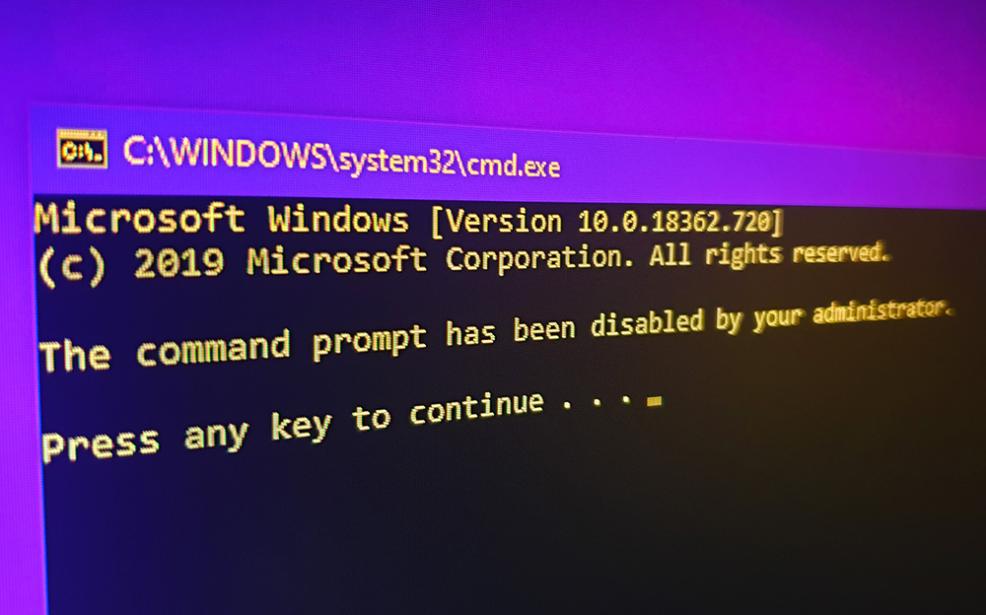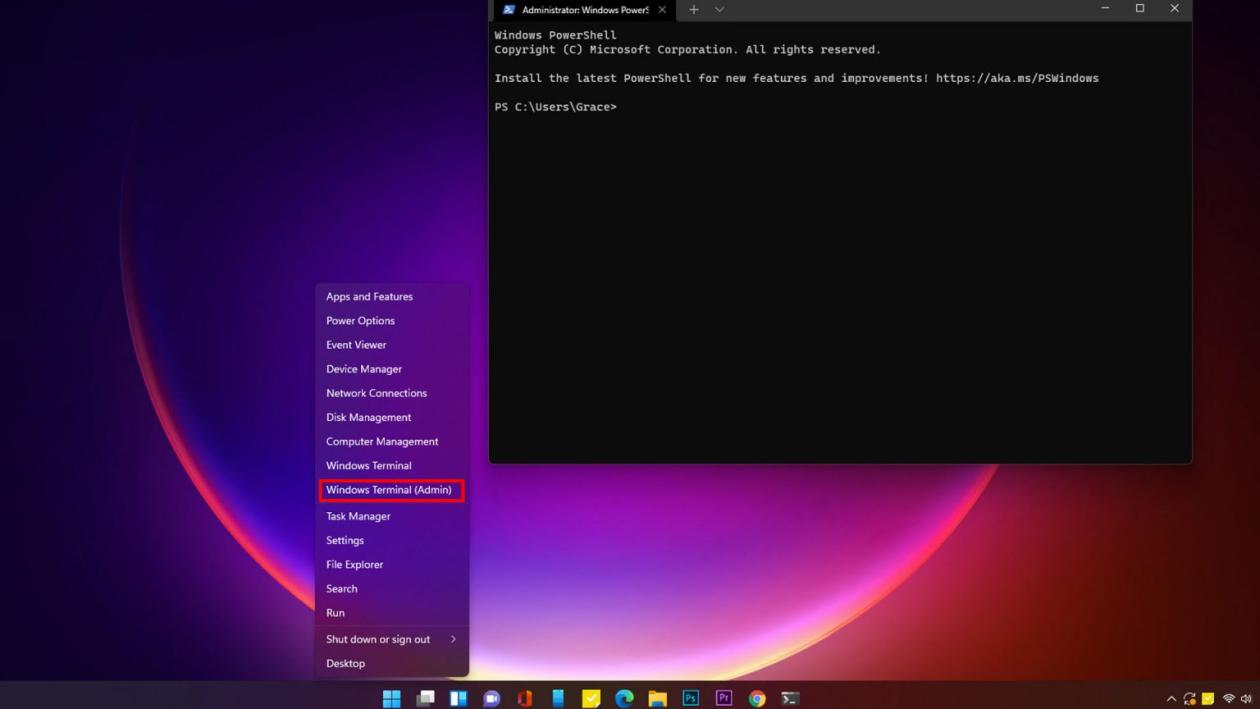Troubleshooting with Command Prompt: Resolving Common Issues
The Command Prompt is a powerful tool that can be used to troubleshoot a wide variety of computer issues. It allows you to access and manipulate the inner workings of your operating system, making it possible to identify and resolve problems that might otherwise be difficult or impossible to fix. In this article, we will explore some of the most common issues that can be resolved using the Command Prompt, as well as provide step-by-step instructions on how to use the appropriate commands to solve them.

Common Issues And Solutions
System Restore
System Restore is a feature that allows you to restore your computer to a previous state, before a problem occurred. This can be useful if you have installed a program that is causing problems, or if you have made changes to your system that have caused it to become unstable.
To use System Restore from the Command Prompt, follow these steps:
- Open the Command Prompt by pressing the Windows key + R, typing "cmd", and then pressing Enter.
- Type "rstrui" and press Enter.
- Follow the on-screen instructions to select a restore point and restore your system.
Safe Mode

Safe Mode is a special mode of Windows that starts with only the essential services and drivers loaded. This can be useful for troubleshooting problems that are caused by third-party software or drivers.
To boot into Safe Mode using the Command Prompt, follow these steps:
- Open the Command Prompt by pressing the Windows key + R, typing "cmd", and then pressing Enter.
- Type "bcdedit /set {default} safeboot minimal" and press Enter.
- Restart your computer.
Driver Issues
Outdated or corrupted drivers can cause a variety of problems, including system crashes, blue screens of death, and device malfunctions. You can use the Command Prompt to identify and update outdated drivers.
To update a driver using the Command Prompt, follow these steps:
- Open the Command Prompt by pressing the Windows key + R, typing "cmd", and then pressing Enter.
- Type "driverquery" and press Enter to list all of the drivers installed on your system.
- Find the driver that you want to update and note its name.
- Type "driverquery /v" followed by the name of the driver and press Enter to view the driver's details.
- Download the latest version of the driver from the manufacturer's website.
- Install the new driver by following the on-screen instructions.
Network Connectivity
Network connectivity issues can be caused by a variety of factors, including problems with your network adapter, router, or Internet service provider. You can use the Command Prompt to troubleshoot network connectivity issues.
To troubleshoot network connectivity issues using the Command Prompt, follow these steps:
- Open the Command Prompt by pressing the Windows key + R, typing "cmd", and then pressing Enter.
- Type "ipconfig" and press Enter to view your network configuration.
- Look for any errors in the output of the ipconfig command.
- If you see any errors, try running the following commands:
- "ipconfig /release" to release your current IP address.
- "ipconfig /renew" to renew your IP address.
- "ipconfig /flushdns" to flush the DNS cache.
- Try connecting to the network again.
Disk Management
Disk management tasks, such as creating, deleting, and formatting partitions, can be performed using the Command Prompt. This can be useful if you need to troubleshoot problems with your hard drive or if you want to repartition your hard drive.
To use the Command Prompt to manage disks, follow these steps:
- Open the Command Prompt by pressing the Windows key + R, typing "cmd", and then pressing Enter.
- Type "diskpart" and press Enter to start the DiskPart utility.
- Type "list disk" to list all of the disks on your system.
- Select the disk that you want to manage by typing "select disk #" (where "#" is the number of the disk).
- Type "list partition" to list all of the partitions on the selected disk.
- To create a new partition, type "create partition primary size=#" (where "#" is the size of the partition in megabytes).
- To delete a partition, type "delete partition override" (where "#" is the number of the partition).
- To format a partition, type "format fs=ntfs quick" (where "ntfs" is the file system that you want to use).
File System Errors
File system errors can occur when there is a problem with the way that your hard drive is formatted or when there are damaged files on your hard drive. You can use the Command Prompt to scan for and repair file system errors.
To scan for and repair file system errors using the Command Prompt, follow these steps:
- Open the Command Prompt by pressing the Windows key + R, typing "cmd", and then pressing Enter.
- Type "chkdsk /f" followed by the drive letter of the drive that you want to scan (e.g., "chkdsk /f c:") and press Enter.
- Chkdsk will scan the drive for errors and repair any errors that it finds.
Advanced Troubleshooting Techniques
Event Viewer
The Event Viewer is a tool that allows you to view a log of events that have occurred on your computer. This can be useful for troubleshooting problems because it can help you to identify the cause of a problem.
To access the Event Viewer, follow these steps:
- Press the Windows key + R to open the Run dialog box.
- Type "eventvwr" and press Enter.
- The Event Viewer will open.
Performance Monitoring
Performance Monitoring is a tool that allows you to monitor the performance of your computer. This can be useful for troubleshooting problems because it can help you to identify bottlenecks and optimize your system's performance.
To access Performance Monitoring, follow these steps:
- Press the Windows key + R to open the Run dialog box.
- Type "perfmon" and press Enter.
- The Performance Monitor will open.
Registry Editing
The registry is a database that stores configuration settings for Windows and for programs installed on your computer. Editing the registry can be a powerful way to troubleshoot problems, but it can also be dangerous if you don't know what you're doing.
If you need to edit the registry, follow these steps:
- Press the Windows key + R to open the Run dialog box.
- Type "regedit" and press Enter.
- The Registry Editor will open.
The Command Prompt is a powerful tool that can be used to troubleshoot a wide variety of computer issues. By following the steps outlined in this article, you can use the Command Prompt to resolve common issues such as system restore, safe mode, driver issues, network connectivity, disk management, and file system errors. For more advanced troubleshooting, you can also use the Command Prompt to access the Event Viewer, Performance Monitor, and Registry Editor.
It is important to note that using the Command Prompt can be dangerous if you don't know what you're doing. Always make sure to backup your data before making any changes to your system, and be careful not to delete or modify any files or settings that you don't understand.
If you are experiencing a complex issue that you cannot resolve using the Command Prompt, it is best to seek professional help from a qualified computer technician.
YesNo

Leave a Reply